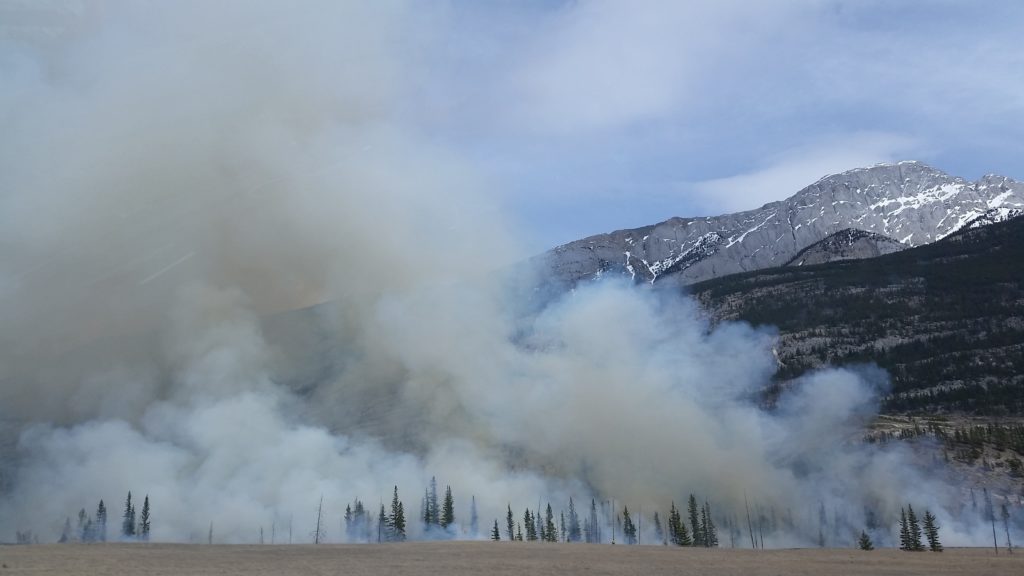Air pollutants could accelerate cellular aging

Air surrounds us, and most of the time, we breathe without even thinking about it. But, what if the necessary process of breathing could be accelerating aging for each of us?
The reason can be traced to a hot topic in environmental studies in recent decades: pollution. Often, we hear about pollution and its connection to climate change and our changing environment, but a specific type of pollution — air pollution — is being scrutinized more closely lately for its health effects.
Particulate matter is a type of air pollutant, among several other types, that consists of small particles from factories, fires, transportation vehicles, power plants, and natural dust that remain in the air. Particulate matter is classified by its diameter; PM10 includes inhalable particles 10 micrometers and smaller, whereas PM2.5 includes fine particles with diameters 2.5 micrometers and smaller. Air pollution has been found to accelerate the aging process in areas with high levels of PM2.5. When the human body is exposed to these nanosized particles, it can also cause skin aging.
Here’s what scientists have already found out.
The Problem of Pollution
An air and climate report from the National Parks Conservation Association surveyed 416 parks to examine their stances on environmental changes and pollution. 326 parks were significantly concerned about climate changes from environmental pollution.
At some national parks, visitors lost 50 miles of visibility due to air pollution from wildfire debris. Fort Collins itself experienced red skies and raining ash in Fall 2020 from the Cameron Peak Fire.
As a result of wildfires around the country, nearly 85% of national parks have had air quality that is unhealthy to breathe at times. At the time of the survey, 88% of national parks believed that in areas where there was air pollution, it was causing harm to species and habitat surrounding it.
Animals and plants are breathing the same air that we are. The harm that these species are experiencing could be causing harm in humans, as well.
Health Threats
Scientists have already found a correlation between some environmental pollutants, a decreased lifespan, and accelerated signs of aging, such as wrinkles and age spots. Researchers are now studying if the effects of air pollution occur on a cellular level.
While findings vary, the general conclusion is that high exposure to poor levels of air can alter cells. Telomeres, the protein caps on the ends of chromosomes that protect DNA from damage and allow DNA to divide, are affected when exposed to pollutants. Shorter telomeres are already a hallmark of aging; when telomeres become too short, DNA is exposed, and mutations and double-stranded breaks can occur, leading to early cell death. Longer telomere lengths aren’t great either — they’re often found in cancer cells. Air pollution has the power to exacerbate these changes to telomeres, prompting health problems in those who are affected.
One study found women who were exposed to more than the standard amount of PM2.5 were twice as likely to develop dementia. Another study looked at the effects of air pollution on frailty in older adults. Frailty occurs when individuals exhibit at least three of the following traits: involuntary loss of ten pounds, self-reported exhaustion, weak grip strength, slow walking speed, or low levels of physical activity. The study evaluated the participants’ dependence on others for daily tasks and already existing comorbidities. It found that people who had been exposed to higher levels of PM2.5 were more likely to become frail than the other participants.
Scientists do not have an answer to exactly how air pollution affects our body. Some believe that it affects us on a cognitive level, while others believe it leads to heart conditions that then affect the brain. There simply needs to be more research conducted to understand its effects on human health and the aging process.
How can we avoid air pollution?
The American Lung Association outlines ten tips for limiting your exposure to air pollution. The most important thing you can do is pay attention to the air quality in your area.
On days with high levels of PM2.5 or a high air quality index (AQI), try to stay indoors in an area with filtered air. Proper use of an N-95 mask allows for outdoor activity in these areas and can help protect you for short periods of time. You can also invest in an air filter or find a filtered building in your community for high exposure days.
To protect your skin, dermatologists recommend a routine of regularly washing your face and treating it with moisturizers and sunscreens rich in antioxidants and vitamins. Air pollutants aren’t the only pollution to worry about when it comes to skin; UV rays and blue light from the sun can also cause premature aging.
ABOUT THE AUTHORS
Grace Weintrob is a junior majoring in Communication Studies with a minor in Stage, Sports, and Film Production at CSU. She is currently working as the digital media intern for the Columbine Health Systems Center for Healthy Aging.





